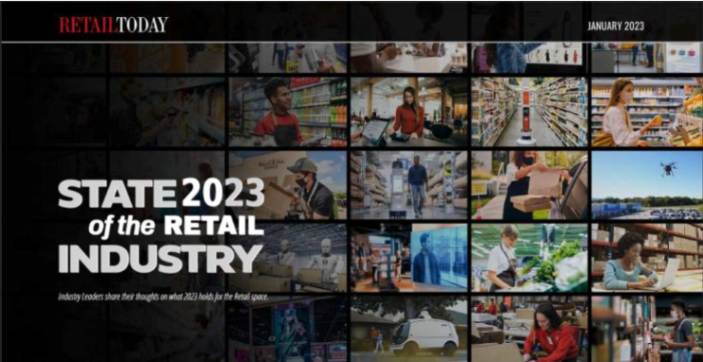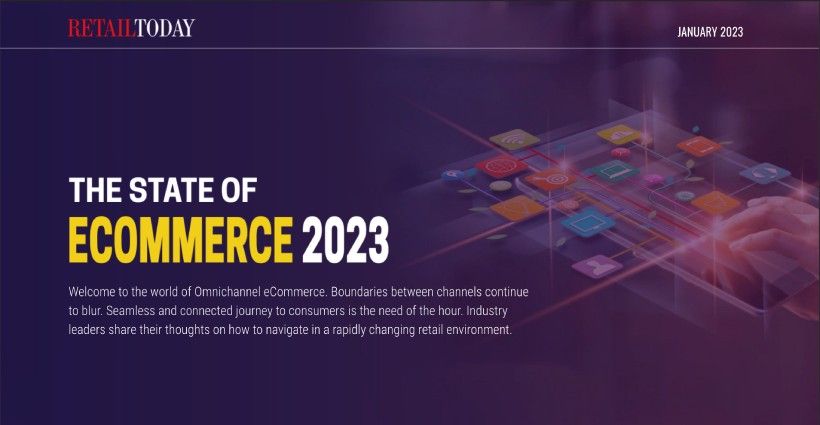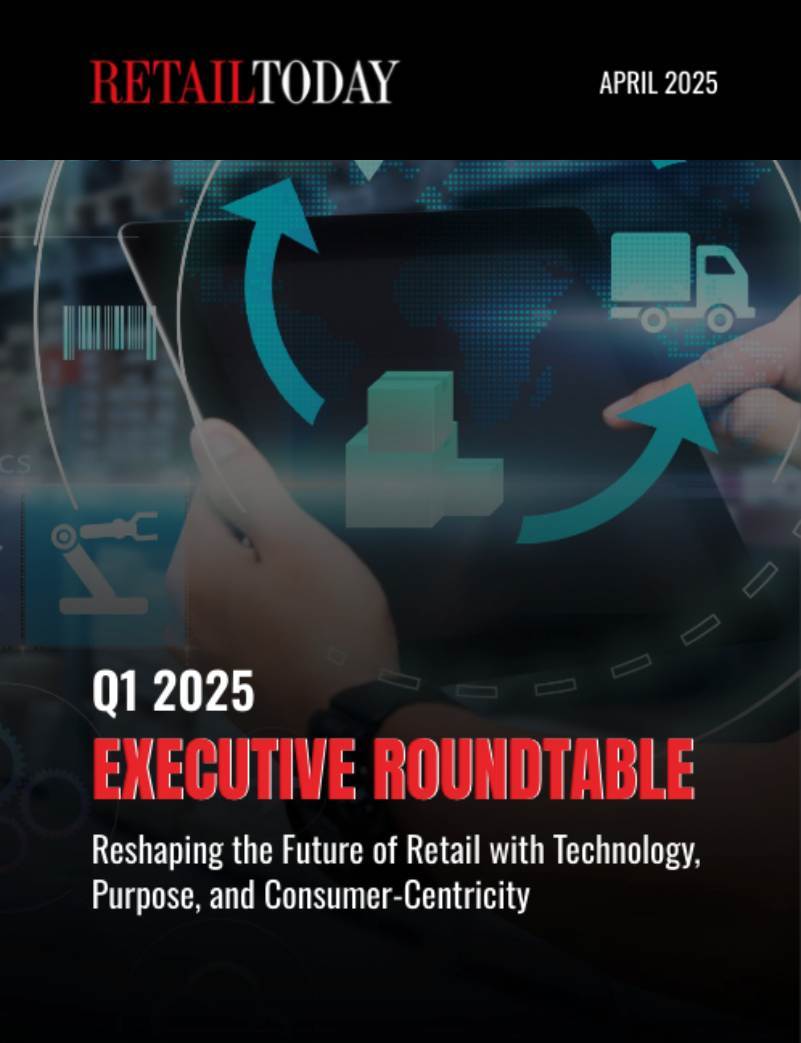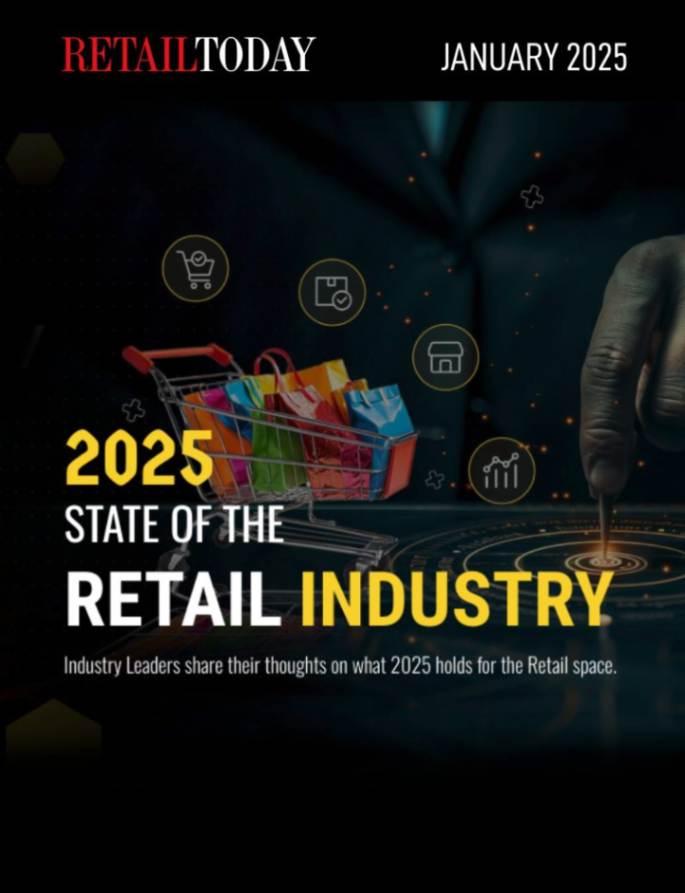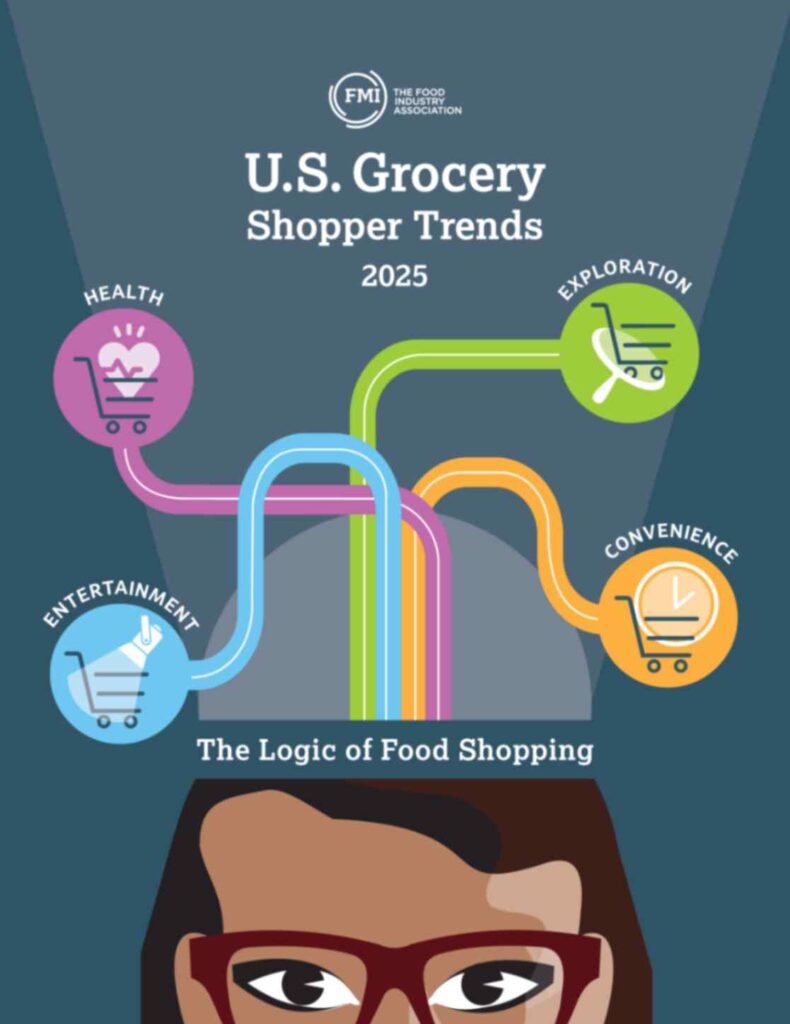
American consumers continue to enjoy grocery shopping and have kept their shopping habits remarkably consistent despite persistent economic challenges, according to the latest annual survey by FMI – The Food Industry Association, conducted by The Hartman Group. The analysis, which kicks off FMI’s 2025 series, U.S. Grocery Shopper Trends: The Logic of Food Shopping, offers timely insights into consumer grocery shopping behaviors and shoppers’ logic behind food budgets and shopping decisions.
FMI found that despite several years of economic uncertainty, shoppers’ attitudes and habits around grocery shopping have remained stable. To better understand this dynamic, FMI explored shopper aspirations to “eat well,” an outlook that forms the foundation for how shoppers think about value and shapes their choices about what food to buy, how to cook and where to shop.
“Despite the economic pressures they face, consumers overwhelmingly tell us they enjoy grocery shopping and that they are willing and able to budget in order to ‘eat well’ based on their specific values and needs,” said Leslie G. Sarasin, president and CEO of FMI. “In fact, our U.S. Grocery Shopper Sentiment Index is currently holding steady at 72 out of 100. While individual needs vary, by and large, most shoppers prioritize four things when shopping for food: health, entertainment, exploration and convenience. Satisfying these key needs are important to shoppers, and they tailor their overall budgets and food spending behaviors to ensure they ‘eat well’.”
Still, several factors are weighing on consumers. Most Americans (70%) say they are extremely or very worried about rising grocery prices, and 78% said they are at least somewhat concerned about the impact of tariffs on the cost of imported food and ingredients.
The analysis revealed a silver lining: most consumers (75%) report feeling in control over their grocery spending. However, that confidence has declined in recent months; 85% of consumers expressed confidence in control over food spending in September 2024. In response, shoppers report using various strategies to stretch their food budget further. Traditional methods like list-making (83%), taking household inventory (79%), meal planning (69%), and seeking out coupons or discounts (60%) remain the most common.
Sarasin emphasized, “Our latest grocery shopper research underscores a critical opportunity for the industry to meet their customers where they are—navigating rising costs and economic uncertainty—while reinforcing the importance of the Supplemental Nutrition Assistance Program, SNAP, a vital anti-hunger program that provides just $6 a day to those most in need.”
“The American public is clear on this: 70% support SNAP, and a majority oppose any effort to reduce its funding, according to an FMI national survey by leading pollster, Fabrizio, Lee & Associates. The future strength of this program isn’t just a policy issue—it’s a moral imperative and an economic necessity.”

